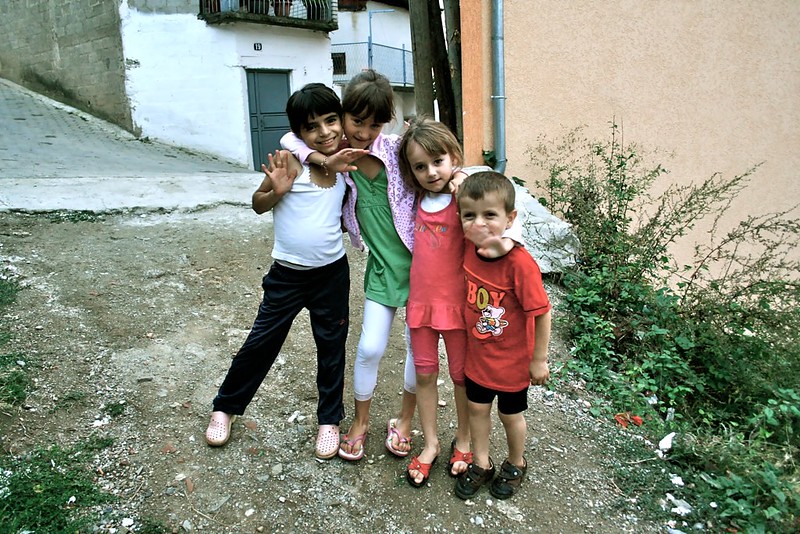 Kosovo, a small country in southeastern Europe, declared itself independent on February 17, 2008, after experiencing ethnic violence and forced displacement in the late 1990s. The United States (U.S.) officially recognized Kosovo as a sovereign state on February 18. This marked a significant development in Kosovo’s history after a challenging period. However, only around 100 United Nations (U.N.) member states recognize Kosovo as a sovereign state.
Kosovo, a small country in southeastern Europe, declared itself independent on February 17, 2008, after experiencing ethnic violence and forced displacement in the late 1990s. The United States (U.S.) officially recognized Kosovo as a sovereign state on February 18. This marked a significant development in Kosovo’s history after a challenging period. However, only around 100 United Nations (U.N.) member states recognize Kosovo as a sovereign state.
Kosovo remains one of the poorest countries in Europe, with an estimated 23% of the population living in poverty. The country struggles with widespread corruption and a low employment rate, with the unemployment rate in Kosovo predicted to reach 22% by the end of 2023.
Poverty in Kosovo has a big impact on children, mainly because many Kosovans had to leave their homes during the Kosovo War and couldn’t go back. The education system is also not doing well. Just 41% of kids in Kosovo have good reading skills, and only 42% are strong in math. For children from minority groups like Roma, Ashkali, and Egyptian communities, the numbers are even lower—18% in reading and 13% in math. This makes it harder for them to succeed in the future.
The nation’s struggle to join the European Union (EU), mainly because of the Serbian deadlock, significantly contributes to its ongoing issue of high child poverty rates. This situation has lasting effects on the well-being of children in the country.
5 Important Facts About the Issue of Child Poverty in Kosovo
- Poverty disproportionately affects children in Kosovo: Not only does poverty disproportionately affect Kosovan children, but particularly children from Roma, Ashkali and Egyptian communities, or those who have disabilities or live in rural areas. Moreover, children in Kosovo account for half of those benefitting from social assistance.
- Only a fraction of Kosovo’s GDP goes toward social protection: The country spends 8.5% of its GDP on social protection, compared to an average of 28% in the wider EU. Therefore, access to health care, education and other social services remains limited for its children, exacerbating the issue of child poverty in Kosovo.
- Child begging: Child begging is a significant concern in Kosovo, notably affecting Romany children and serving as a major sign of child poverty. In the initial half of 2023, authorities intervened and recorded 41 cases of child begging, potentially setting a new yearly record. The prevalence of this issue highlights ongoing challenges related to child poverty in Kosovo.
- High child mortality rate: Child mortality rates are a concern, especially in certain communities where the numbers are higher. For example, in Roma, Ashkali and Egyptian communities, the child mortality rate is eight times higher than the EU average. There are also differences in health services, with only 38% of children under 2 fully immunized in these communities, compared to 73% in the general population (UNICEF 2021).
- Active Charities: Several charities work tirelessly to alleviate child poverty in Kosovo. Actions for Mother and Children (AMC) stands out as a crucial player, dedicated to supporting Kosovo’s mothers and children facing poverty since 2009. AMC takes a dual approach: advocating for improved health care for mothers and children and raising funds to provide essential life-saving equipment and medications. Notably, its Women’s Health Resource Center program, launched in 2014, has been instrumental. This initiative educates and supports women throughout pregnancy, delivery and the early postpartum period, impacting at least 10,000 pregnant women and their partners since January 2014.
Looking to the Future
As Kosovo looks to the EU for guidance on its future, charities like AMC are tackling child poverty. This work is vital as the country navigates its path, waiting to see what its European future holds.
– Eleanor Lomas
Photo: Flickr
 According to the
According to the 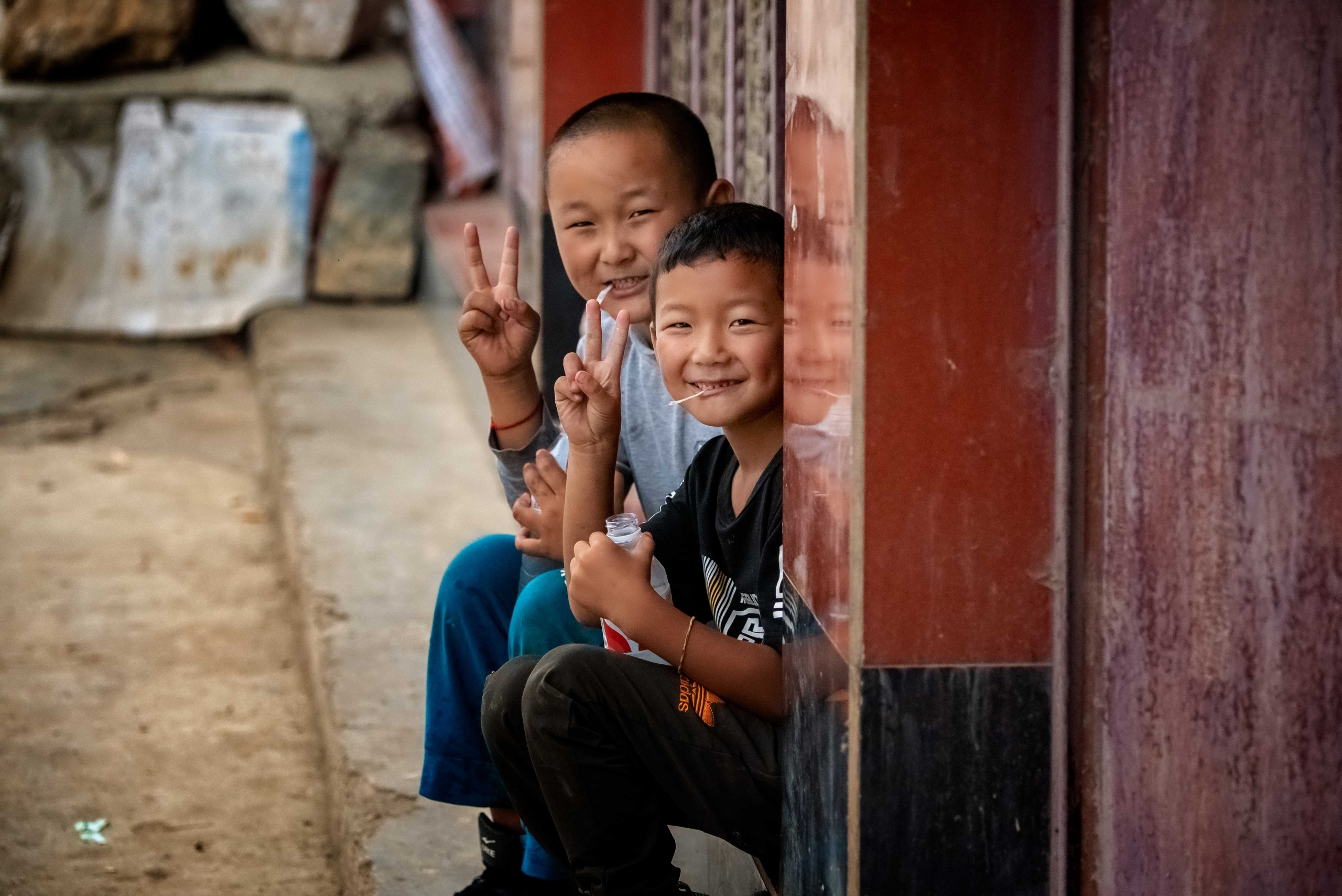 China has remarkably reduced poverty over the past four decades. The percentage of rural residents living in poverty
China has remarkably reduced poverty over the past four decades. The percentage of rural residents living in poverty 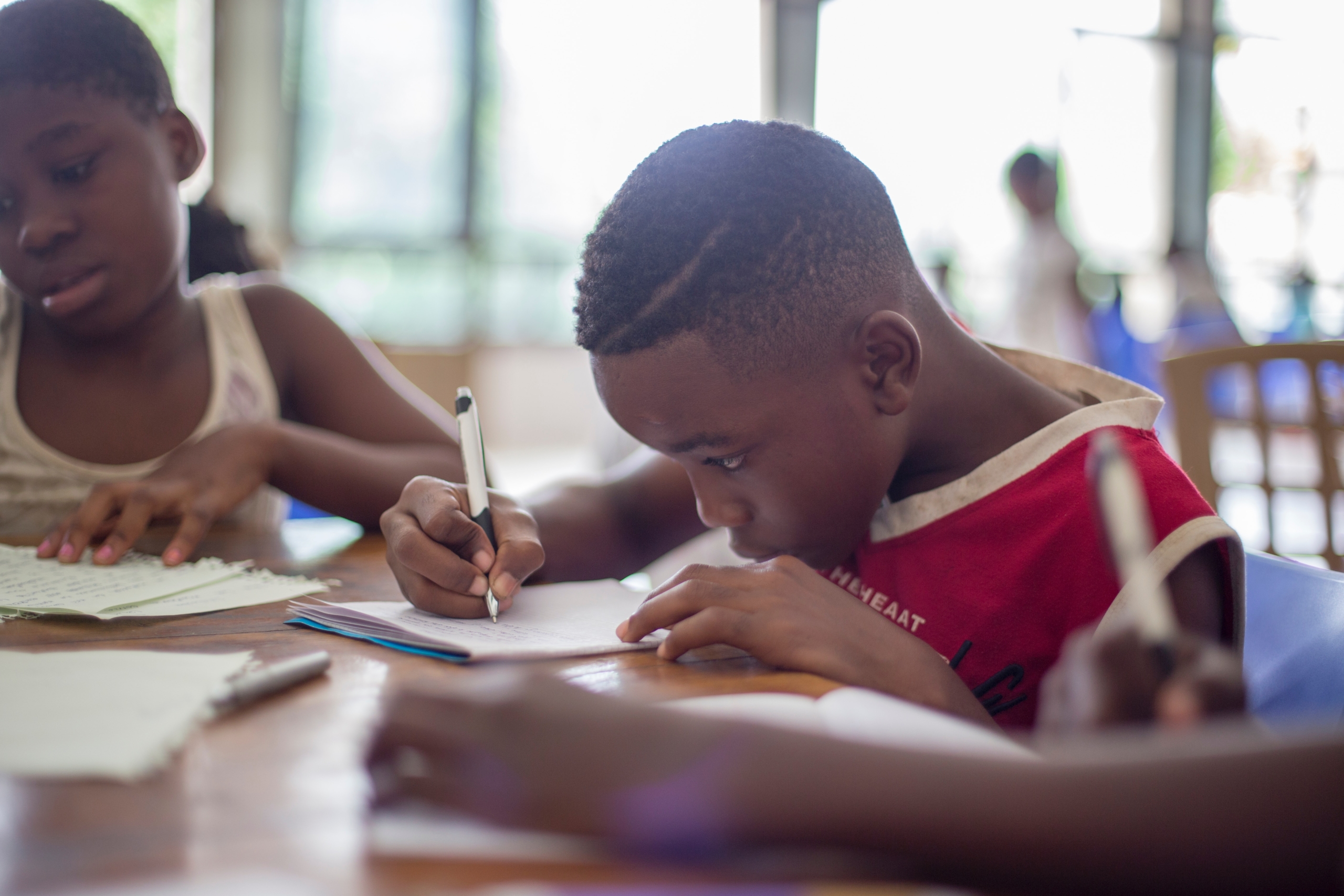
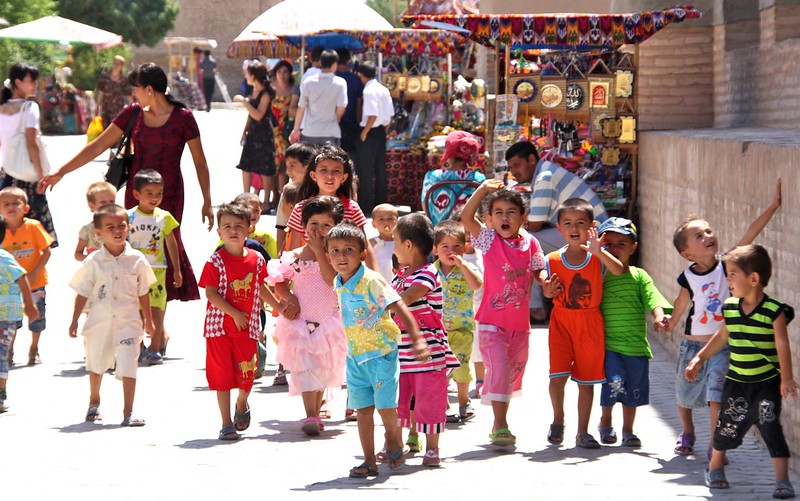 Uzbekistan has made remarkable strides in reducing poverty and improving child welfare. Despite these gains, child poverty in Uzbekistan remains a pressing issue, with many children living in disadvantaged conditions.
Uzbekistan has made remarkable strides in reducing poverty and improving child welfare. Despite these gains, child poverty in Uzbekistan remains a pressing issue, with many children living in disadvantaged conditions.  On June 9, 2023, Dutch opposition parties took urgent action to address poverty in the Netherlands, demanding significant changes before the summer. The
On June 9, 2023, Dutch opposition parties took urgent action to address poverty in the Netherlands, demanding significant changes before the summer. The  As of 2023, approximately
As of 2023, approximately 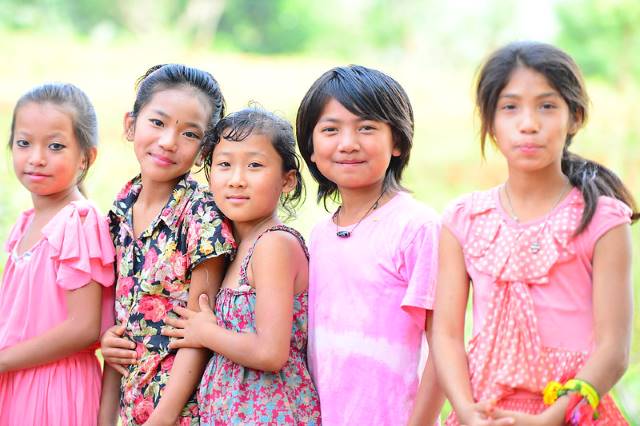 The poverty disparity between adults and children is ever-growing. Children are
The poverty disparity between adults and children is ever-growing. Children are 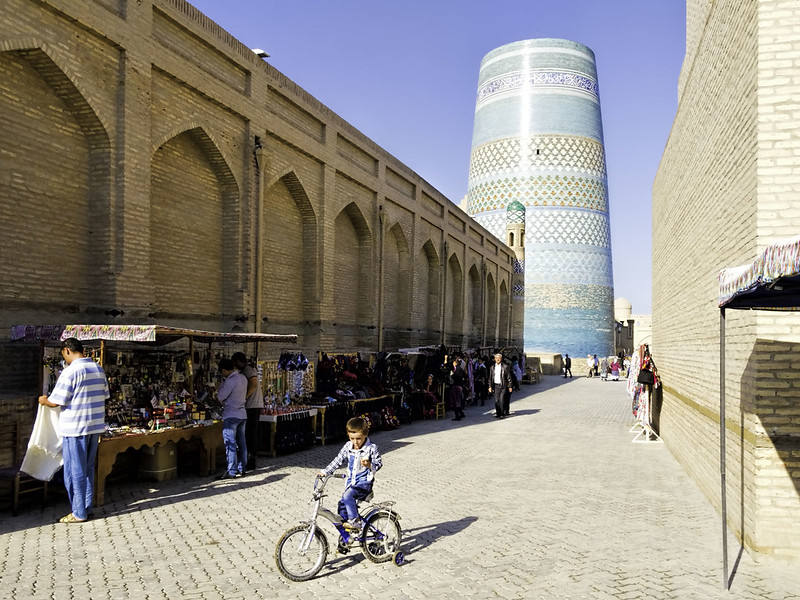 While Russia is a very resource-rich country, it suffers from intense social inequality. The top 1% of
While Russia is a very resource-rich country, it suffers from intense social inequality. The top 1% of 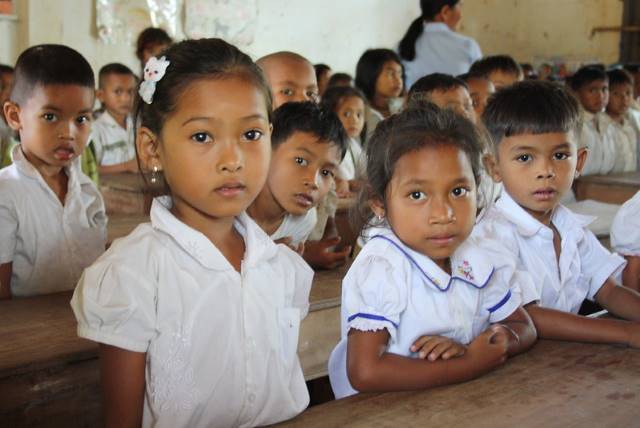 Cambodia has come a long way in eliminating poverty. From 2007 to 2014, Cambodia’s
Cambodia has come a long way in eliminating poverty. From 2007 to 2014, Cambodia’s 